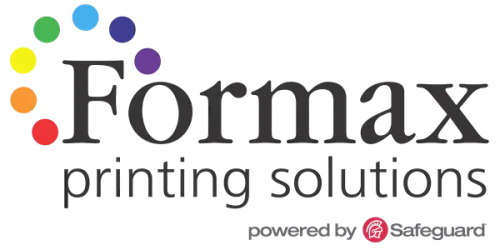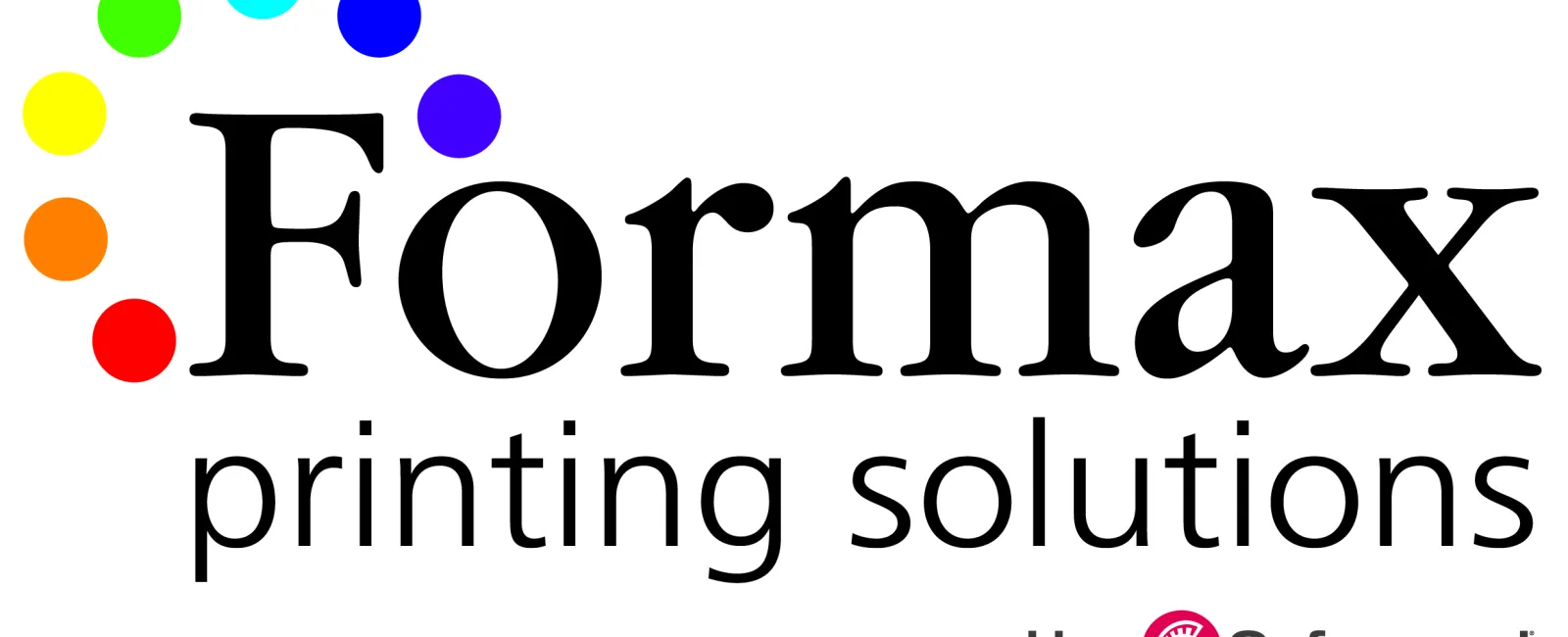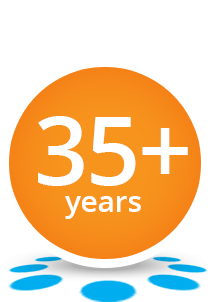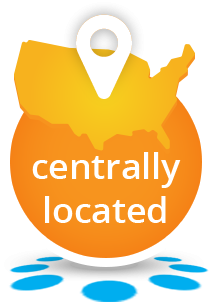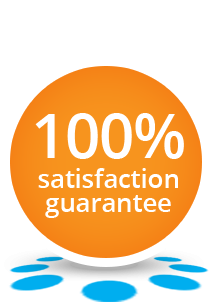Spiral Binding and Coil Binding are interchangeable terms for the exact same book binding method. This popular method joins the pages and cover of a book using a durable plastic or metal coil that is shaped like a long spring. The coil is inserted and twisted through small holes or slots punched along the spinal edge of the book's cover and pages.

The number of holes punched per inch is known as the pitch and usually varies between 3 and 5, with 4 holes per inch (4:1) being the most widely used pitch. After a spiral coil of appropriate pitch is fed through all the holes in the cover and pages, it is crimped at both ends to keep it in place.
Benefits of Spiral Binding.
The spiral coil binding method holds the pages and cover as an assembly yet still allows them to open freely. In fact, one of the primary user benefits of a spiral bound book is that the pages can be opened a full 360 degrees (cover to cover).
This allows an open book to fold back upon itself and yet still remain flat, so it stays open for easy reference and yet takes up minimal room on a desk or table. This feature makes spiral binding a good option. It is suitable for reports, sales presentations, proposals, directories, cookbooks, instruction manuals, and maintenance guides.
Atlases and travel guides are also commonly spiral bound because they are easier to manage when traveling. And because they can open fully, it prevents information from getting buried near the book's spine.
Spiral Binding Options.
The coils used for spiral binding are available in a variety of colors to complement the book's cover. Spiral coils also come in a variety of diameters to accommodate books of varying thicknesses. The more pages the book has, the larger the coil diameter must be.
As mentioned, the coils can be plastic or metal, but are more commonly plastic because of the wider color choices. Plastic coils resist distortion better than metal coils, so keep that in mind if you plan to send your books through the mail.

Comb Binding - Similar, but Different.
By nature, a spiral bound book cannot be printed on its spine. However, there is a similar binding method called Comb Binding, which has a surface that can be printed. You have probably seen the comb binding method in use before.
Also known as cerlox binding or surelox binding, this method uses a cylindrical plastic shape that has multiple curved tines along its length. It would look like a comb if it were not formed into a cylinder, hence the name Comb Binding.
The tines on the comb binding system have some tension. When you spread them apart and let go, they will close back into a cylindrical shape. To install the comb, the tines are spread open and inserted through slots in the book's pages and cover. When the tension is released, the tines close to secure the cover and pages.
Comb binding allows users to add or change pages more easily than with a spiral-bound book. However, a comb bound book cannot open a full 360 degrees like a spiral bound book. It can only lie flat in the normal open position.
Do you have any questions about Spiral Coil Binding, Comb Binding or any other book binding methods? Would you like to explore the benefits of Spiral or Comb binding for an upcoming book project? If so, give us a call at 866.367.6221 or submit our quote request form. We'd be glad to help.
Take care! Rick
